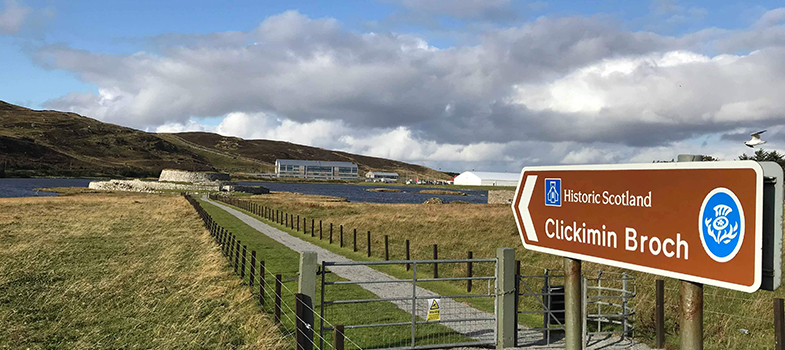Further research
You might want to find out some more about Murdoch Nisbet’s work and Bible translation into Scots. Read:
- The Introduction to the historical source text publication by Blackwood & Co (1901), pp. vii-xxxv.
- Mark Thomson’s article on Nisbet’s work and its importance for the Scots language.
Have a look at the full edition of the Gude and Godlie Ballatis in the archives of the National Library of Scotland, which contains an interesting introduction about vernacular hymns in England and Scotland as well as the origins of this book of psalms and songs.
To find out more about the Reformation in Scotland, consult the following resources:
- the section on the Scottish Reformation on BBC’s Scotland’s History site;
- this article on John Knox and a timeline of Scottish Reformation on the Presbyterian Scottish Church’s Reformation History site;
- this information in the Encyclopaedia Britannica on the Reformation in England and Scotland;
Education Scotland commissioned an animated History of the Scots language. Watch for the inclusion of William Lorimer and what is described in the video as “the most ambitious translation project ever undertaken into Scots”.
The ‘History of Scots’ animated video above also comes with a PDF document which takes you to different examples of written Scots.
These examples of Scots have also been recorded for listening. The audios are made up of readings in Scots from various eras in Scotland's history. The recordings were done in 2016 in partnership between Education Scotland and The Royal Conservatoire of Scotland (RCS). The performers reading were students at the RCS. They were coached by Jean Sangster, Head of Voice and the Centre for Voice in Performance at RCS. The readings were recorded in the RCS Recording Studio by Recording Studio Engineer Bob Whitney. It is recommended you read and listen to all the passages and recordings.
Explore the obituary page for Jamie Stuart on the Church of Scotland website.
Now go on to Unit 16: Scots abroad.
15.4 What I have learned
